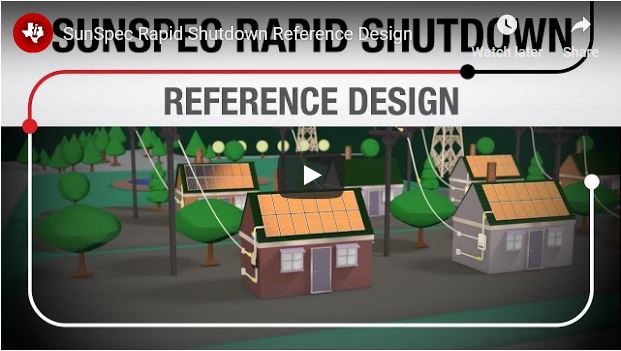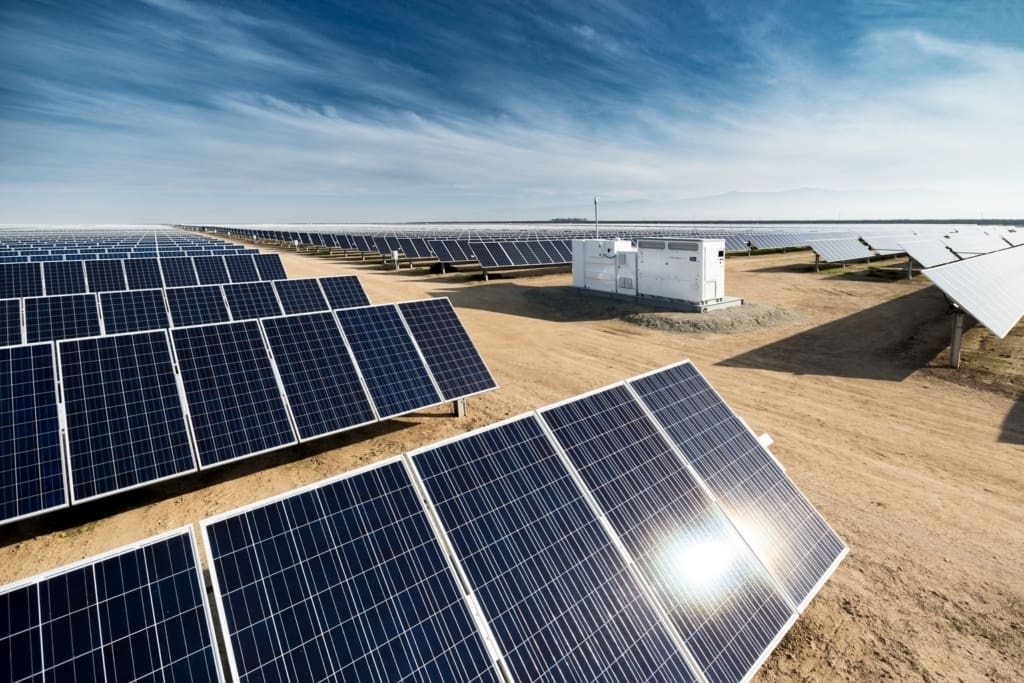How the Sunspec Alliance is Leading the Charge on Rapid Shutdown and PV Safety

Guest Post: Brian Fortman, Texas Instruments

In 2017, National Electrical Code (NEC) 2017 mandate 690.12 added a new requirement for the safe shutdown of power circuits from photovoltaic modules to power inverters. In the event of a house fire, firefighters need to be able to rapidly de-energize these circuits for everyone’s safety.
The SunSpec Alliance, whose stated objective is to make “plug-and-play communication for distributed energy,” has developed a communication protocol for module-level rapid shutdown – emphasizing low cost and time savings while enhancing the overall health and safety of solar power systems. More than 30 companies actively contributed to the development of this particular standard, including Texas Instruments and SMA.
Because Texas Instruments engineers participated in the Sunspec working group that developed the Rapid Shutdown protocol specification, I recently participated in a webinar with solar industry leaders from across the globe to show how standardization fostered by the SunSpec Alliance is improving safety and driving down costs.
To learn more, see the rapid shutdown application page and the SunSpec Rapid Shutdown Transmit and Receive Reference Design.
About the Sunspec Alliance
The SunSpec Alliance is a well-respected, international trade group of developers, manufacturers, and service providers whose mission is to accelerate the growth of the distributed energy industry and expand the market for renewable power. To date, the SunSpec Alliance has successfully introduced dozens of information and communication standards that have been adopted industry-wide. These enable solar PV and energy storage power plants to interoperate transparently with system components, software applications, financial systems, and the Smart Grid.




REQUEST TECHNICAL DATA SHEET OF US STRING INVERTER
33,50,60,75,100 KW ,400 VOLTAGE ,60 HZ
Necesito información para un sistema híbrido o uno con capacidad para admistrar la energía de la red y la de los módulos con capacidad de almacenar energía de los módulos en baterías
Gracias I need information for a hybrid system or one with capacity to accept the power of the network and the modules with the capacity to store energy from the modules in batteries
Thank you